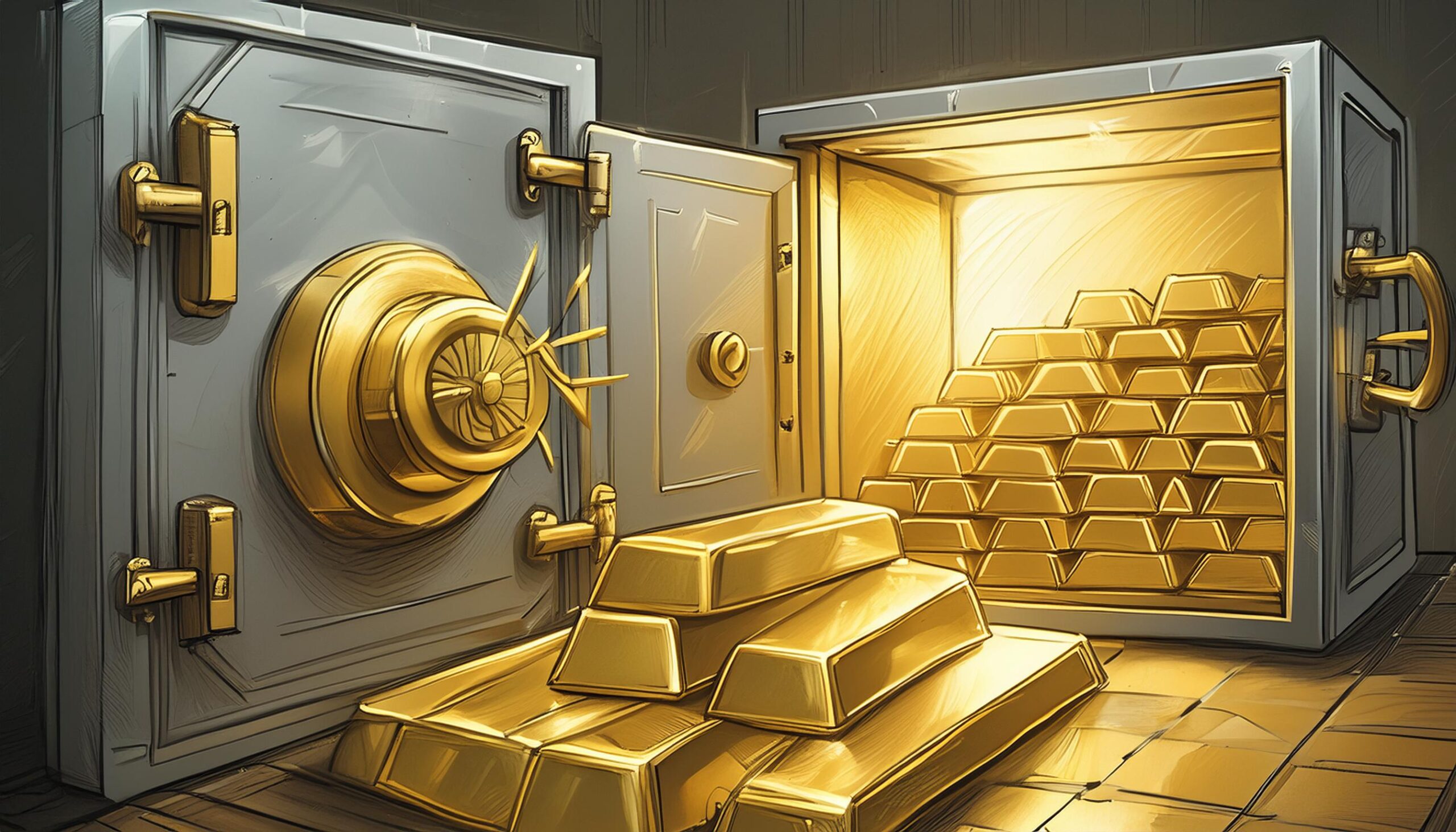In times of economic uncertainty and market volatility, investors often seek refuge in safe-haven assets to protect their wealth and preserve purchasing power. Precious metals, such as gold, silver, platinum, and palladium, have long been considered reliable stores of value and diversification tools in investment portfolios. In this blog post, we’ll explore the allure of investing in precious metals, the different types of metals available, their unique properties, and the strategies for incorporating them into your investment strategy.
Why Invest in Precious Metals?
Hedge Against Inflation
Precious metals have historically served as a hedge against inflation, preserving wealth when fiat currencies lose value due to rising prices. Unlike paper currencies, which can be devalued by central bank policies or economic instability, precious metals have intrinsic value and are not subject to manipulation by governments or financial institutions.
Safe-Haven Status
During times of geopolitical uncertainty, economic turmoil, or market downturns, investors flock to safe-haven assets like gold and silver to protect their investments from volatility and systemic risk. Precious metals often exhibit inverse correlations with equities and other risky assets, providing diversification benefits and stability to investment portfolios.
Store of Value
Gold and silver have been recognized as stores of value for thousands of years, transcending cultural and geopolitical boundaries. Unlike other assets that can depreciate or become obsolete over time, precious metals retain their intrinsic value and purchasing power, making them reliable long-term investments.
Portfolio Diversification
Including precious metals in your investment portfolio can enhance diversification and reduce overall portfolio risk. Precious metals have low correlations with traditional asset classes like stocks and bonds, meaning they can help mitigate losses during market downturns and improve risk-adjusted returns.
Types of Precious Metals
Gold
Gold is the most well-known and widely traded precious metal, revered for its rarity, durability, and timeless allure. It has served as a form of currency, a store of value, and a symbol of wealth and power throughout human history. Gold is often used as a hedge against inflation, currency depreciation, and geopolitical uncertainty.
Silver
Silver is often referred to as “the poor man’s gold” due to its lower price per ounce compared to gold. Like gold, silver has intrinsic value and industrial applications, making it a versatile asset with diverse demand drivers. Silver is used in jewelry, electronics, solar panels, and medical devices, among other industries.
Platinum
Platinum is a rare and valuable metal with unique properties that make it highly sought after in industrial and jewelry applications. It is denser, stronger, and more resistant to corrosion than gold and silver, making it ideal for use in catalytic converters, fuel cells, and fine jewelry. Platinum prices are influenced by supply and demand dynamics, as well as macroeconomic factors.
Palladium
Palladium is a relatively rare and lustrous metal with unique properties that make it valuable in various industrial applications, particularly in catalytic converters for vehicles. It is also used in electronics, jewelry, and dentistry. Palladium prices are driven by demand from the automotive sector, supply constraints, and investor sentiment.
Strategies for Investing in Precious Metals
Physical Ownership
One of the most straightforward ways to invest in precious metals is to buy physical bullion in the form of coins, bars, or rounds. Physical ownership provides tangible assets that can be stored securely at home or in a safe deposit box. Popular options include American Gold Eagles, Canadian Maple Leafs, and American Silver Eagles.
Exchange-Traded Funds (ETFs)
Investors can gain exposure to precious metals through exchange-traded funds (ETFs) that track the price of gold, silver, platinum, or palladium. Precious metal ETFs offer liquidity, diversification, and convenience, allowing investors to buy and sell shares on stock exchanges like traditional stocks.
Precious Metal Mining Stocks
Investing in precious metal mining stocks provides exposure to the underlying commodities while leveraging the growth potential of mining companies. Mining stocks offer the opportunity for capital appreciation and dividends but also carry risks related to operational challenges, commodity prices, and geopolitical factors.
Precious Metal Futures and Options
Experienced investors and traders can use futures and options contracts to speculate on the price movements of precious metals. Futures contracts allow investors to buy or sell a specified quantity of a commodity at a predetermined price on a future date, while options contracts provide the right, but not the obligation, to buy or sell a commodity at a specified price within a set timeframe.
Risks and Considerations
Volatility
Precious metals can be highly volatile assets, subject to sharp price fluctuations driven by changes in supply and demand, economic data, geopolitical events, and investor sentiment. Investors should be prepared for short-term price swings and exercise caution when trading or investing in precious metals.
Storage and Security
Physical ownership of precious metals requires proper storage and security measures to protect against theft, loss, or damage. Investors should consider storing bullion in a secure location, such as a home safe or a reputable storage facility, and obtaining insurance coverage for added protection.
Market Liquidity
The liquidity of precious metals markets can vary depending on factors such as trading volume, market hours, and investor participation. While gold and silver markets are generally highly liquid, other metals like platinum and palladium may have lower liquidity and wider bid-ask spreads.
Regulatory Risks
Investors should be aware of regulatory risks associated with investing in precious metals, including taxation, reporting requirements, and restrictions on ownership and trading. It’s essential to understand the relevant regulations in your jurisdiction and consult with a financial advisor or tax professional for guidance.
Conclusion
Investing in precious metals can be a valuable component of a diversified investment portfolio, offering protection against inflation, currency depreciation, and geopolitical uncertainty. Gold, silver, platinum, and palladium have unique properties and investment characteristics that make them attractive assets for both individual and institutional investors. Whether you choose to invest in physical bullion, precious metal ETFs, mining stocks, or derivatives, it’s essential to conduct thorough research, understand the risks and considerations, and develop a well-rounded investment strategy aligned with your financial goals and risk tolerance. With careful planning and disciplined execution, investing in precious metals can help you preserve wealth, hedge against market volatility, and achieve long-term financial success.


Leave a Reply